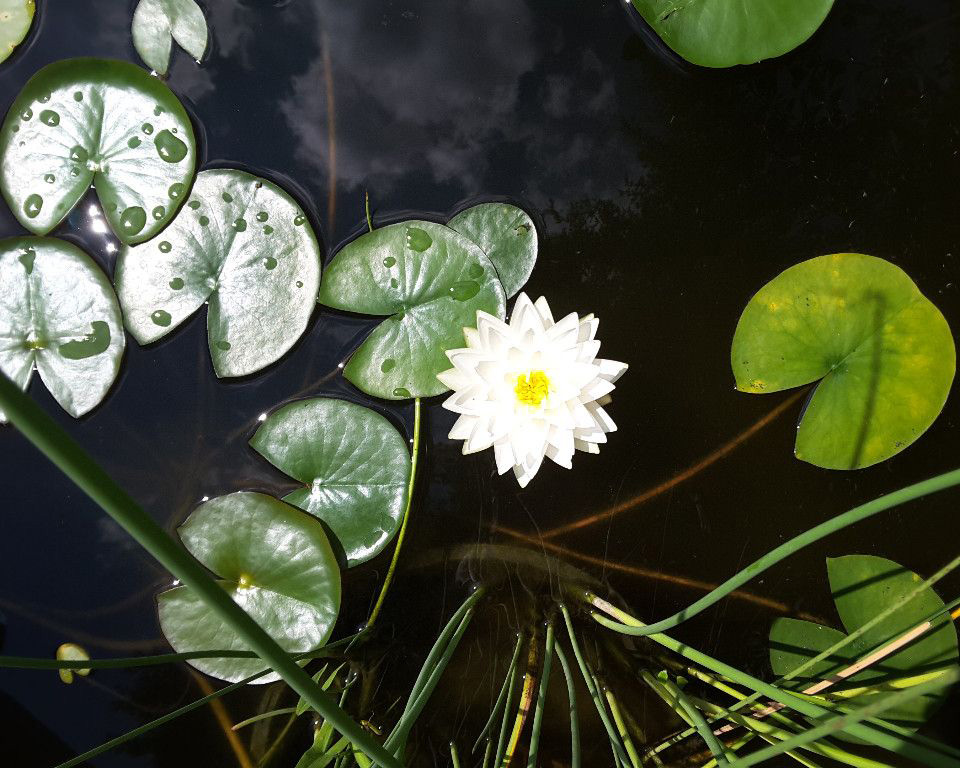For the homeowner who wants a meditative sound in their intimate outdoor living space, water features are a great option. At Eco Harmony, we provide water conservation landscaping, such as AquaBasins, as a simple alternative to full pond construction. AquaBasins give you a lower-maintenance decorative water feature. They are commercial grade and made out of polyethylene. A favorite use of ours is a drilled origin rock to provide both audible and visual interest to your yard. Trickling water will run down the side, creating noise in your pondless water feature.

Customer Testimonials
Posted on



